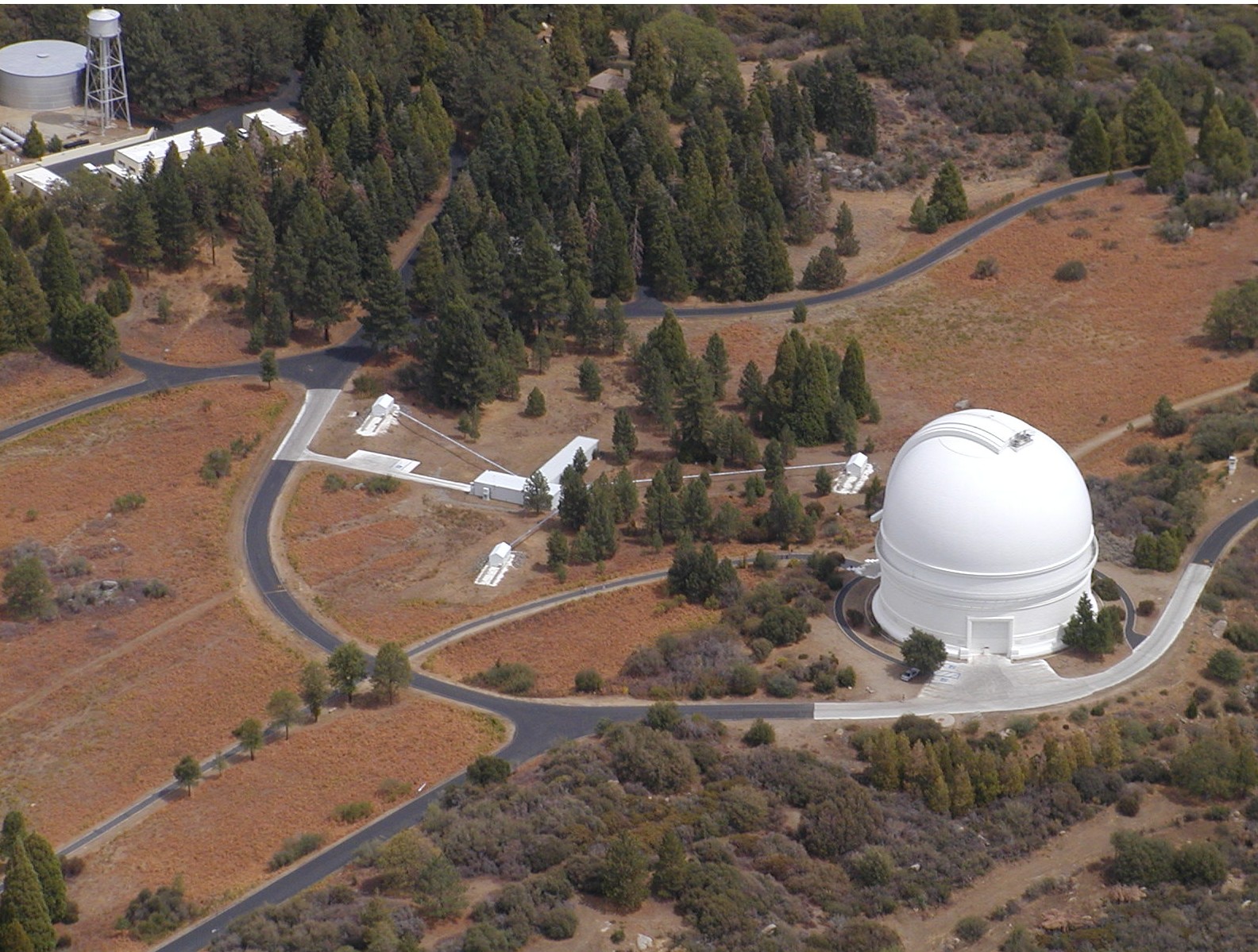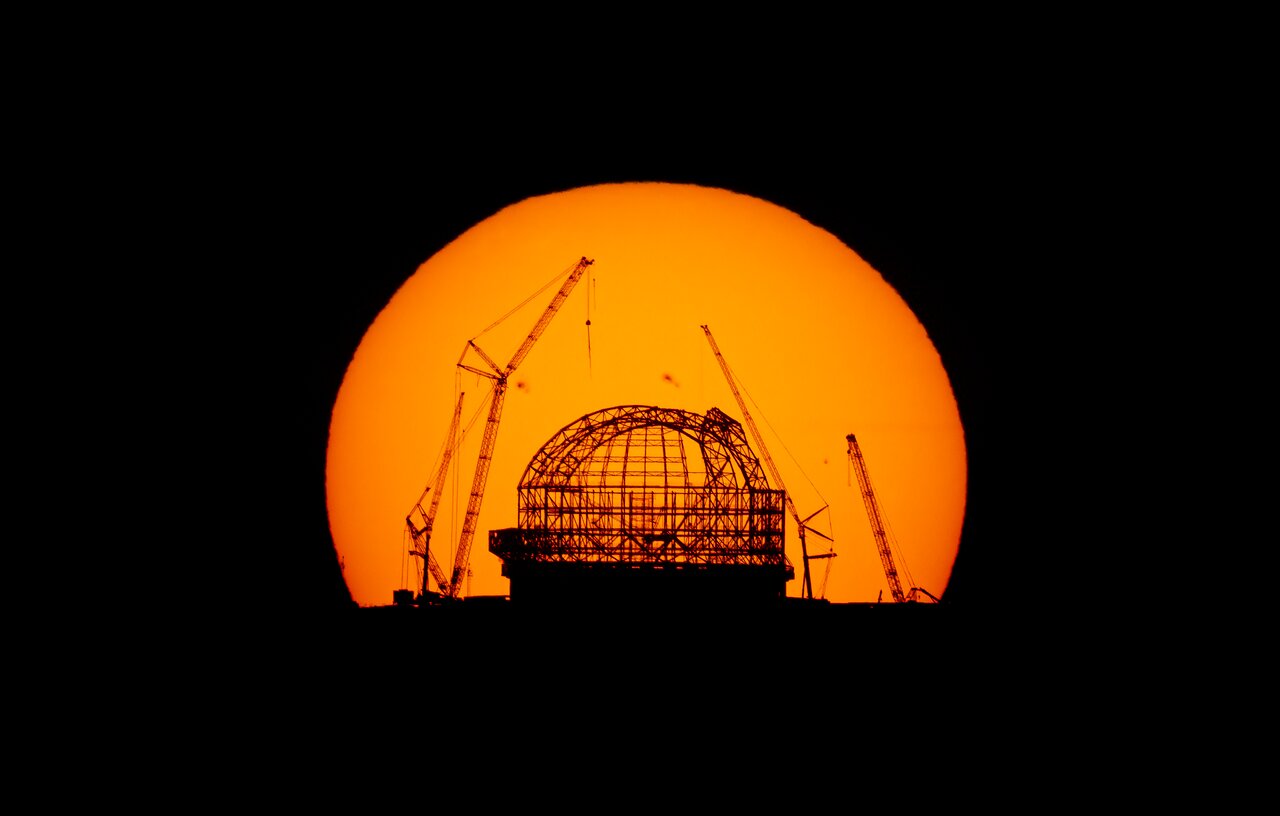The telescope was invented in the Netherlands around 1608, when Hans Lippershey, a German-Dutch spectacle maker, created a device that could magnify distant objects. He hadn't intended to invent the telescope but instead was trying to help a patient suffering with myopia. Though Lippershey is generally credited with the invention of the telescope. Galileo Galilei heard about the new invention and in 1609 constructed his own improved version allowing him to make the groundbreaking astronomical discoveries we are all familiar with. The moon's of Jupiter's, the phases of Venus, and the rings of Saturn have all fundamentally changed our understanding of the cosmos.
 Galileo's observations of the rings of Saturn
Galileo's observations of the rings of Saturn
Throughout history, telescopes have undergone a remarkable evolution in size with each generation dwarfing its predecessors. In comparison, Galileo's modest telescope had a lens just a few centimetres across but over time astronomers gradually constructed increasingly massive instruments. In the late 18th century Herschel's 40-foot reflector and Lord Rosse's 72-inch "Leviathan of Parsonstown" became the new benchmark for telescopes. The 20th century saw another dramatic leap with the 5 metre Hale Telescope at Palomar Observatory dominating astronomical research until modern engineering enabled another major step forward with instruments like the Gran Telescopio Canarias with its 10.4-meter primary mirror.
 Aerial view of the Palomar Testbed Interferometer (Credit : Gerard T Van Belle)
Aerial view of the Palomar Testbed Interferometer (Credit : Gerard T Van Belle)
Today's largest telescopes feature segmented mirrors spanning over 30 meters and even space-based alternatives like the James Webb Space Telescope use precisely aligned mirror segments. Back down on Earth aperture fever still grips astronomers with ambitious projects like the Extremely Large Telescope (ELT) in Chile complementing ESO infrastructure. Its 39 meter mirror made up from 798 hexagonal segments means its light collecting capability is 13 times more powerful than today's largest optical instrument. Its impressive light gathering power and resolution will enable the study of Earth-like exoplanets, witness the formation of planetary systems, probe dark energy, and possibly observe the universe's first stars and galaxies with unprecedented clarity and detail.
The latest image accompanying this article of the ELT construction site was taken during sunrise over Cerro Armazones on 12 April 2025 from a distance of 23 km. When fully completed, the dome will be 80 metres tall and weigh in at an impressive 6,100 tonnes. The photographer Eduardo Garcés, took a similar photograph in August 2023.
 The ELT under construction as it was 2 years ago (Credit : Eduardo Garcés)
The ELT under construction as it was 2 years ago (Credit : Eduardo Garcés)
Comparing the two images shows just how much the construction of the ELT has progressed in less than two years.
Source :Sunrise behind the ELT
 Universe Today
Universe Today
